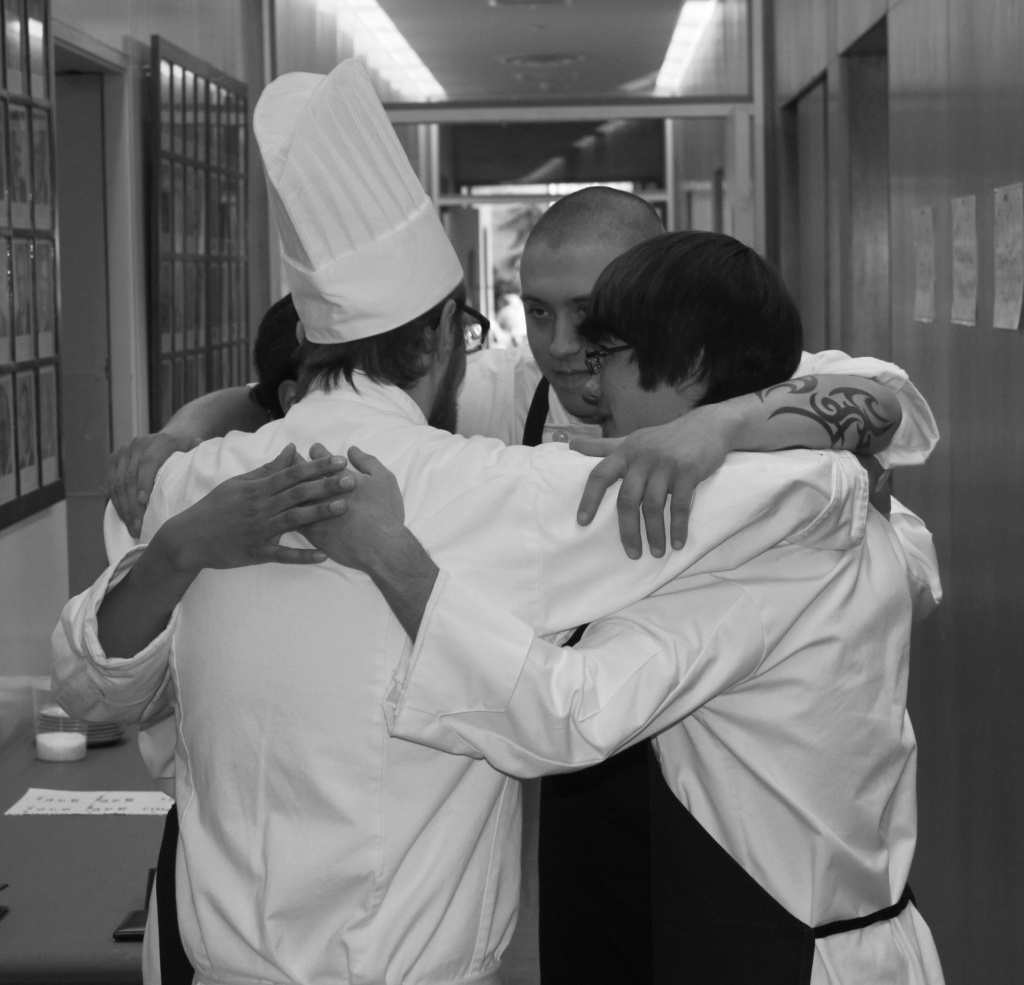
There is a real dichotomy in understanding, a gap in understanding between the employer and employee and how each views the work at hand. I’m sure it’s true in many industries, but let’s just focus on the business of restaurants. For nearly two years now I have been offering thoughts on the labor challenges that restaurants continue to face while providing some observations and thoughts. It’s interesting that many continue to ramble on about the problem, but few seem to choose to address the solutions. Sure, wages have increased, but that’s only a band aid that may provide some short-term relief but will never get to the root of the problem.
I have become convinced that the polarization between both sides has become worse and not better. Employees and potential employees have become increasingly aware of the issues (eyes wide open), and employers are increasingly entrenched in denial (eyes wide shut).
Reactionary approaches involve increasing rates of pay, dumbing down menus, reducing hours of operation or levels of service to limit the number of employees needed, raising prices to compensate for higher rates of pay, reducing portion sizes while raising prices, or even looking at automation and technology to “right the ship.” In the end, restaurants become less and less appealing to customers, employees, and owners. At a time when the desire and need for dining out has returned to 2019 levels, this seems like a counter-productive formula. While all of this “reaction” is taking place, the root cause continues to be ignored.
There is a culture of acceptance in the industry that is worn like a badge of honor. The industry expects that people will work unhealthy hours and accept schedules that constantly change. The industry expects that many managers will need to belittle and embarrass employees for their quality of work often resulting from the lack of training provided. The industry accepts that employee turnover will be high so too often individuals are viewed as dispensable parts. Many in the industry fail to consider the importance of building a culture of “team” and wonder why there is so much friction in the workforce. And the industry accepts that there will be polarized relationships between the front and back of the house, a lack of mutual respect, and sometimes gut-wrenching relationships between the two. Throwing money at this situation does little to change the dynamics and will never be a long-term solution for anything.
Yes, wages need to improve, and benefits are just as important, but until we focus on changing the culture and until the “eyes wide shut” side of the formula begins to see the real challenge with clarity, the problem will not only persist, but it will also become even more significant. The sizzle surrounding work in restaurants is barely negligible now and we need to bring it back!
There is a noble side to preparing and serving food. This is the side that initially attracts many and provides a feeling of worth for all who choose to dedicate themselves to it. There is an exciting, creative side to preparing and serving food that attracts many and provides a sense of enjoyment for all who choose to dedicate themselves to it. And there is a fulfilling side to preparing and serving food through being part of a team that attracts many and provides a sense of belongingness for all who choose to dedicate themselves to it. We mustn’t forget how important these aspects of the business are. This is what attracts and helps to retain good employees, and this is what the restaurant customer will ultimately “feel”.
Other solutions will emerge if the employee feels a sense of worth, is properly trained, is supported, and is recognized as an important part of the whole. Simply raising prices and reducing portions to compensate for higher wages ignores the “value” question that customers consider. When employees are “bought in” to the right environment then new, more economical, and just as exciting menu items will result. Cost cutting measures will come up from a grassroots perspective rather than a mandated approach from above. Alternative scheduling models that consider work/life balance for the team will rise from the staff rather than a less empathetic approach from management. In other words – address the cause and the effects will be more easily addressed.
The solutions are “grass roots” and begin with YOUR restaurant. We (the business of restaurants) cannot expect the challenges to be solved by someone else. It is not the problem of some larger organization, the government, culinary schools, or the customer to solve – each restaurant needs to acknowledge and own it. Alcoholics Anonymous often states that the first step in recovery is to admit that there is a problem, and that the alcoholic owns it. It’s time for restaurants to admit that the problem is not the employee who doesn’t want to work, is lazy, or lacks any desire to do quality work; the problem is the culture of acceptance that exists in far too many operations. Let’s open our eyes.
PLAN BETTER – TRAIN HARDER
Harvest America Ventures, LLC
Restaurant Consulting
www.harvestamericacues.com BLOG
(Over 800 articles about the business and people of food)
CAFÉ Talks Podcast
https://cafemeetingplace.com/cafe-podcasts
More than 80 interviews with the most influential people in food

Leave a comment